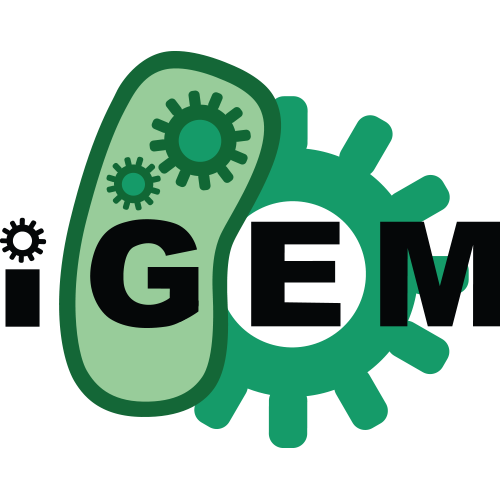Source:
Generated By: https://synbiohub.org/public/igem/igem2sbol/1
Created by: Hui Ai
Date created: 2015-09-01 11:00:00
Date modified: 2015-09-07 08:59:42
hUPll+AckRS Composite
| Types | DnaRegion |
| Roles | engineered_region Composite |
| Sequences | BBa_K1722007_sequence (Version 1) |
Description
hUPll is a bladder tissue-specific promoter being found in human urothelium. Uroplakin II (UPII) has been characterized as a bladder tissue-specific protein[1] and the expression of uroplakin II was found to be limited to bladder-derived cells.[2,3] Other members of uroplakins, including uroplakinla(UPla), uroplakinlb(UPlb), and uroplakinlll(UPlll), have also been characterized. Therefore, the promoters that direct the expression of the uroplakins may be useful in constructing tissue-specific vectors for bladder cancer gene therapy. Research shows that most of thecis elements that confer the bladder-specificity and differentiation-dependent expression of the human UPll gene reside in the 2542-bp sequence, and TNF driven by the human UPll(hUPll) promoter is effective in the specific inhibition of bladder cancer growth both in vivo and in vitro.Ack is a kind of unnatural amino acid(UAA) that is close structural analog of Lysine, a canonocal amino acid. In the orthogonal system of the project of 2015 SZU-iGEM, the construction of our UAA orthogonal system rely on an orthogonal pair of tRNA(CUA) and an AckRS charging the tRNA with Ack. tRNA(CUA) has an anticodon CUA, which can pair with UAG, the amber mutated stop codon, perfectly. With the help of AckRS, the unnatural amino acid Ack can be incorporated into proteins. aaRS functioning in the form of polycomplex in living cells. Research on Structural Biology and Bioinformatics shows that aaRS can combine with other proteins, forming highly organized complex, to be involved in many vital physiological processes. In the last decade, methods for the translational incorporation of UAAs using orthogonal aaRS-tRNA(CUA) pairs were developed. With modified aaRS which can specifically recognise a type of UAA, the UAA can be site-specifically incorporated to produce a protein with new structure and function or to expand the genetic code. The wild-type pyrrolysyl-tRNA synthatase(PylRS) from Methanosarcina mazei readily accepts a number of lysine derivatives as substrates. This enzyme can further be engineered by mutagenesis to utilize a range of UAAs and the AckRS that we used in our project is one of them.
We constructed hUPll and AckRS in this plasmid to initiate the expression of AckRS inside bladder cells. When both the hUPll and hTERT promoters are activated in bladder cancer cells, the whole orthogonal system that we have constructed can work efficiently.
Notes
The AckRS gene that is achieved from Shenzhen Second People's Hospital has two EcoR1 restriction enzyme cutting sites in its sequence. We mutated them and designed primers to amplified both hUPll and AckRS from psi-Check2 vector. Then 3A Assembly was used to construct these two gene in pSB1C3.Source
We achieved both hUPll promoter and AckRS from Shenzhen Second People's Hospital.| Access | Instance | Definition |
| public public | BBa_K1722000 BBa_K1722003 | hUPll AckRS |
| Sequence Annotation | Location | Component / Role(s) |
| BBa_K1722000 BBa_K1722003 | 1,355 362,1627 | hUPll AckRS |
